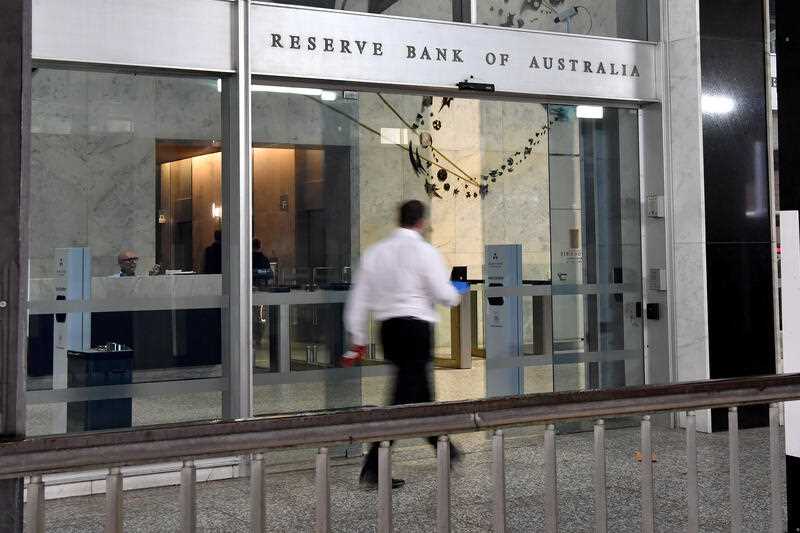By Poppy Johnston
Minutes from the last Reserve Bank of Australia board meeting suggest everything is going according to plan – for now.
No formal discussion of an interest rate hike at the Reserve Bank of Australia’s last meeting firms up the board’s shift into a neutral gear.
The decision to leave interest rates untouched at 4.35 per cent was widely expected at the meeting over two days last month.
The minutes, released on Tuesday, supported the view the move was uncontroversial, with no mention of the case to hike further or specific options on the table.
At every other meeting since interest rates started going up in May 2022, the minutes have expressly laid out the policy options under consideration.
Commonwealth Bank head of Australian economics Gareth Aird said the March meeting write-up confirmed the board was shifting to a more neutral stance on interest rate decisions.
“The March minutes are the most dovish piece of communication from the board since the RBA commenced its tightening cycle in May 2022,” he wrote in a note.
The central bank had already done away with explicit warnings of more interest rate hikes and in the minutes reiterated it was “not possible to either rule in or out future changes in the cash rate target”.
“We believe the board is reluctant to let on that it views the likely next move in the cash rate as a cut,” Mr Aird said.
Yet the economist said the board was likely of the view the next move in the cash rate was down “behind closed doors”, with the minutes stressing latest economic data was broadly as expected.
“In finalising the board’s statement, members agreed that it was important to convey that recent data and information had not materially changed their views on the outlook,” the statement read.
Members did dissect risks to the outlook, including if inflation stayed high as “productivity growth did not increase sustainably or if services price inflation proved stickier than assumed”.
On the other hand, consumers could remain cautious and risk a bigger economic slowdown than expected.
“In particular, the recovery in real household disposable income growth may not lift consumption growth if households do not respond as expected, perhaps because of a weakening in the labour market,” the minutes read.
National Australia Bank head of market economics Tapas Strickland said the RBA had potentially been alert to a weaker-than-expected jobs market from the January jobs data, which had the unemployment rate ticking up to 4.1 per cent.
Yet since then, the February data came in hotter-than-expected and the jobless rate fell back to 3.7 per cent, with seasonal quirks partly to blame.
“If the unemployment rate is sustained at lower rates, then it is more likely the RBA would hold rates for longer if inflation is still trending down, rather than genuinely contemplating higher rates given the board assess the stance of policy as ‘restrictive’,” Mr Stickland said.






